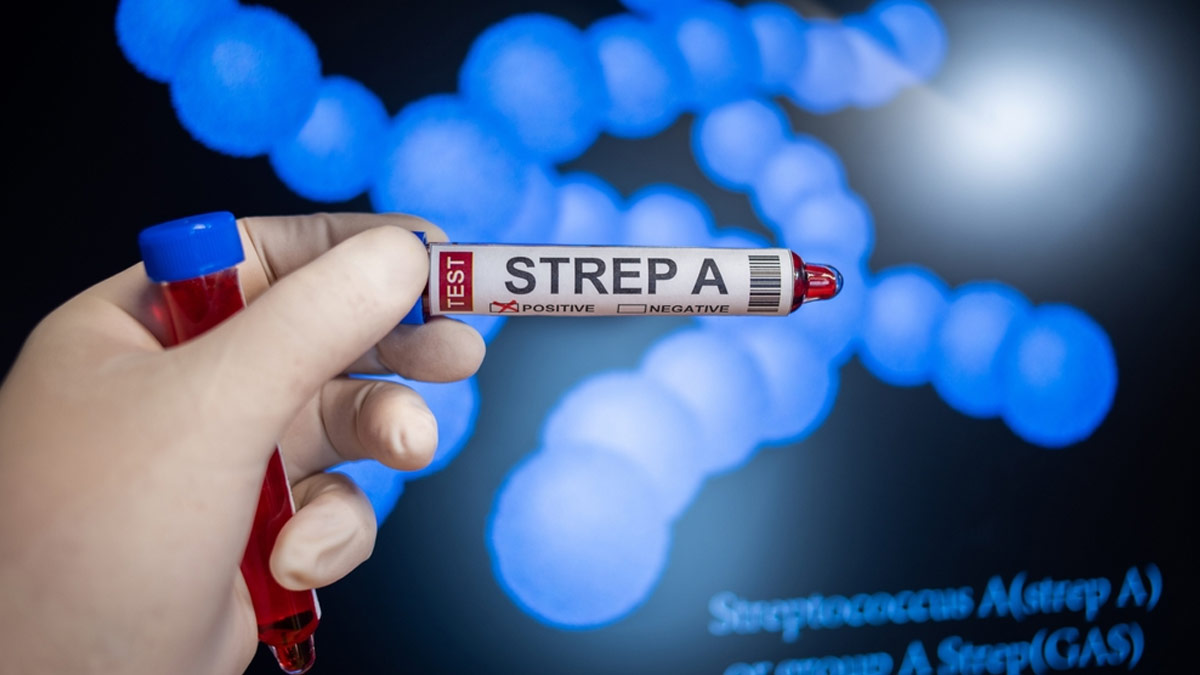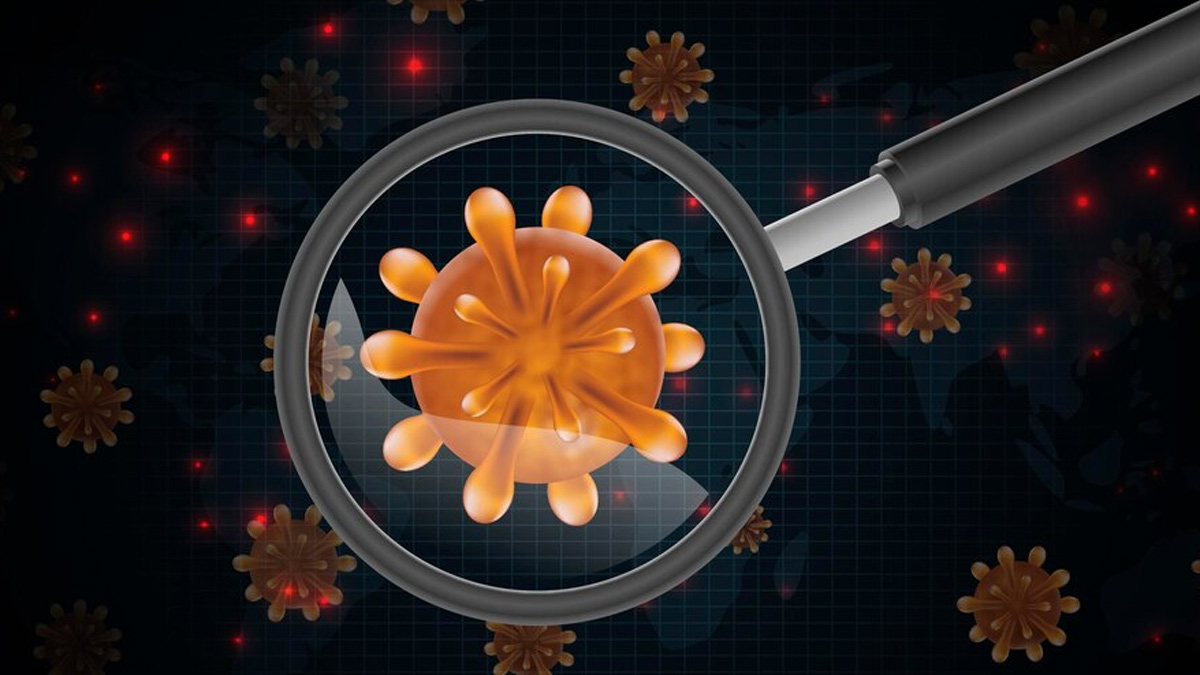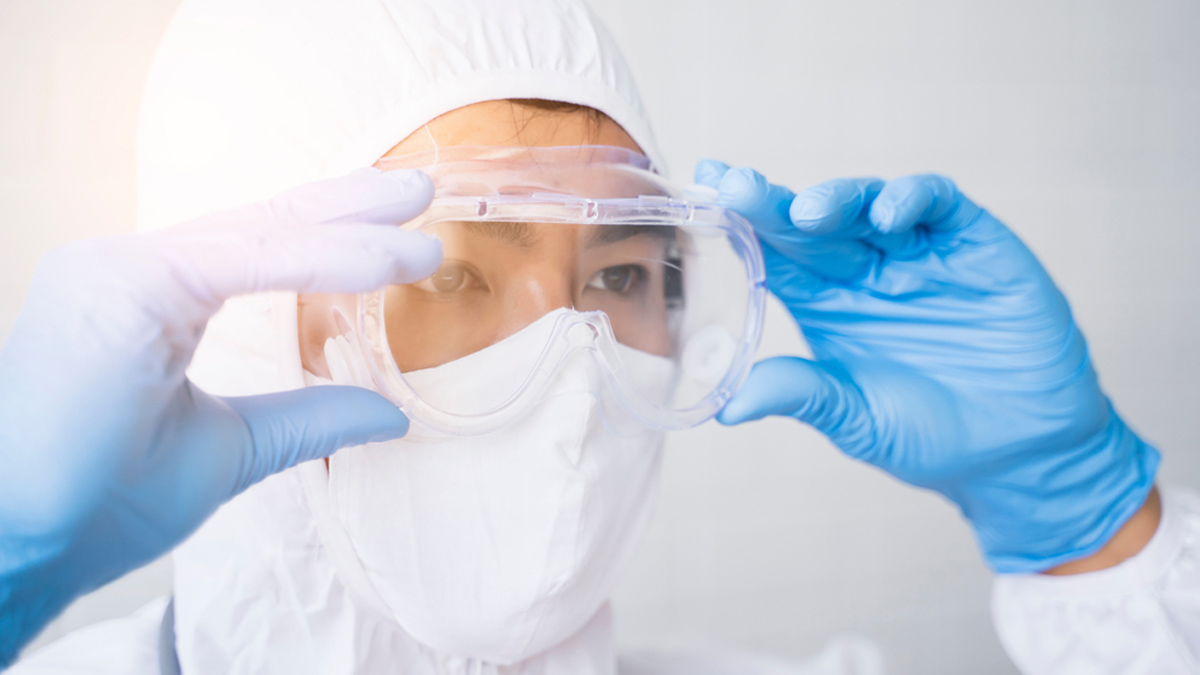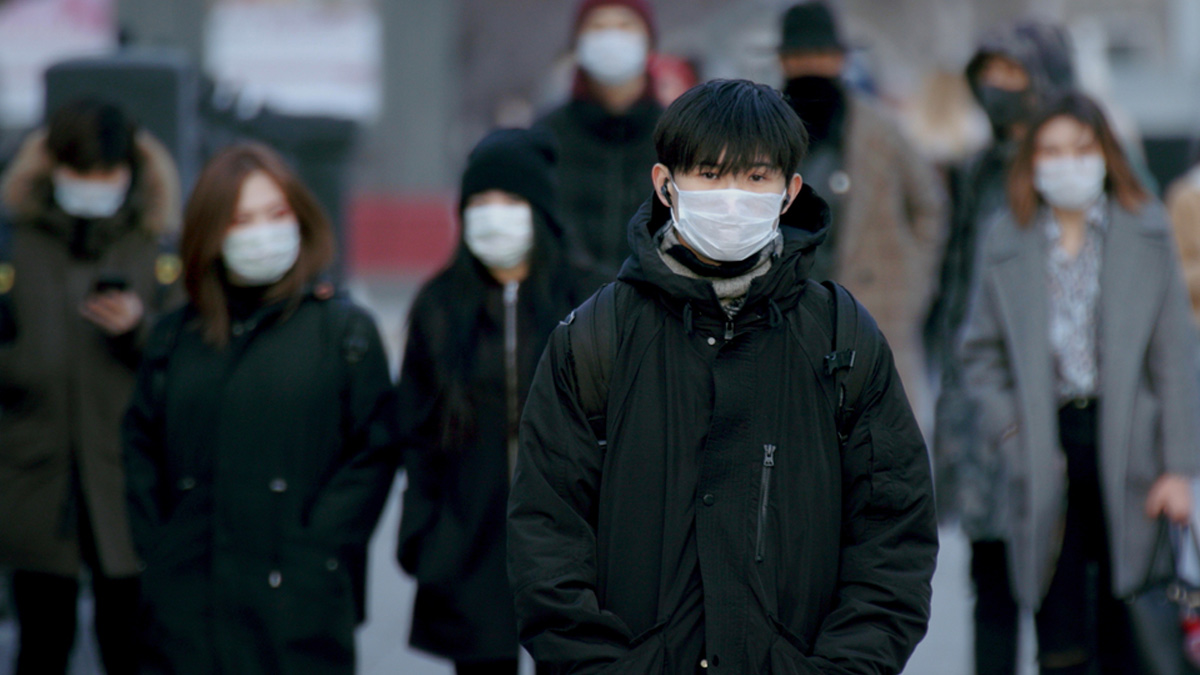
A rare ‘flesh-eating bacteria’ is currently wreaking havoc in several parts of Japan. with health officials reporting 977 cases so far, exceeding last year’s total of 941 cases. The bacterial infection, also known as Streptococcal Toxic Shock Syndrome (STSS), has reportedly claimed 77 lives, as per the country's National Institute of Infectious Diseases.
Table of Content:-
Ken Kikuchi, a professor at Tokyo Women’s Medical University, said, “Most of the deaths happen within 48 hours of noticing initial symptoms," adding, "Swelling can spread from the foot to the knee in just a few hours, and death can follow within 48 hours."
While concerning, this type of outbreak is not new. Several European countries saw a spike in serious invasive group A streptococcus (iGAS) cases in late 2022, coinciding with the easing of COVID-19 restrictions, as reported to the World Health Organization (WHO).
Also Read: Nature's Defence: Expert Lists Natural Antibiotics For Battling Bacterial Infections
What Is Flesh-Eating Bacteria?

Flesh-eating bacteria, or STSS, is a rare bacterial infection caused by group A Streptococcus bacteria. It is a severe illness that occurs when bacteria invade the bloodstream and deep tissues, leading to various symptoms and complications.
According to reports, the bacteria produces toxins that can set off a 'hyper-inflammatory response' in the body, causing rapid tissue necrosis, shock, and extreme pain.
What Are The Symptoms Of Flesh-Eating Bacteria?
According to the US Centers for Disease Control and Prevention (CDC), the first symptoms of STSS include:
- Fever and chills
- Muscle aches
- Nausea and vomiting
Following the start of the initial symptoms, it usually only takes about 24 to 48 hours for low blood pressure to develop, the health body notes. Once that happens, the CDC suggests that the condition of the patient can get very serious, leading to complications such as:
- Hypotension (low blood pressure)
- Organ failure (other signs that the organs are not working)
- Tachycardia (faster than normal heart rate)
- Tachypnea (rapid breathing)
Diagnosis And Treatment

The CDC suggests that there is no single test to diagnose STSS. Healthcare providers can detect the condition through several tests, including blood tests to detect group A streptococci and by checking how well the organs are functioning.
STSS patients usually require hospitalisation, and treatment involves antibiotics. The patients also need fluids given through a vein and other treatments to help treat shock and organ failure.
Many people with STSS also require surgery to remove infected tissue, according to the CDC.
Also Read: Common Bacterial Infections And How To Prevent Them
How To Prevent Flesh-Eating Bacteria?

It is important to note that people can develop the flesh-eating bacteria more than once.
Currently, there is no vaccine to prevent group A strep infections. However, certain measures can be taken to prevent the condition. These include:
- Wash hands often with soap and water.
- Cover your coughs and sneezes.
- Wash dishes, utensils, and plates after someone sick uses them.
- Don't share personal items like towels or clothes with someone who has strep throat.
It is also important to care for your wounds properly and seek medical assistance for any signs of infection. This helps curb the spread of any possible bacterial infection that may further lead to STSS.
Also watch this video
How we keep this article up to date:
We work with experts and keep a close eye on the latest in health and wellness. Whenever there is a new research or helpful information, we update our articles with accurate and useful advice.
Current Version
